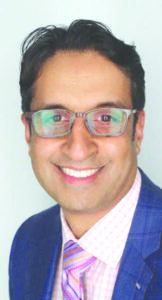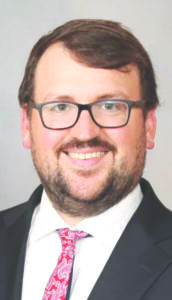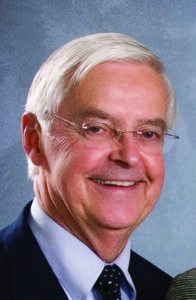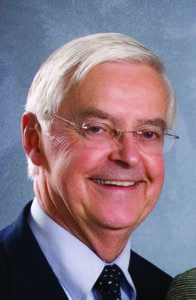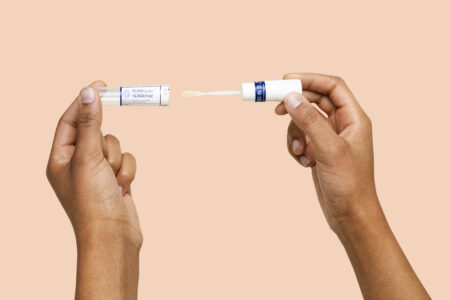Breakthrough in cancer fight: Mayo Clinic on cutting edge vs. glioblastoma

Richard Casper, center, with his daughter Susan Casper, left, and wife Carol Casper. (Photo courtesy Mayo Clinic)
- Richard Casper, center, with his daughter Susan Casper, left, and wife Carol Casper. (Photo courtesy Mayo Clinic)
- Dr. Sujay Vora
- Dr. William Breen
Currently there is no cure, but results of a new study conducted at Mayo Clinic show patients experienced improved overall survival while maintaining quality of life after undergoing a novel approach to treatment.
Richard Casper was one of the study participants. The Arizona man enrolled in the clinical trial at Mayo Clinic in Phoenix after his diagnosis of glioblastoma in 2019. Richard was given only months to live, but his family says thanks to his strength, perseverance, and innovative medical care, he survived nearly double the amount of time.
“To be almost 2 1/2, three years in after being told you only have a few months, it’s quite remarkable,” says Susan Casper, Richard’s daughter.
Richard succumbed to the disease in 2023. During the treatment, his family says he had little to no side effects. In the months before his passing, Richard stated, “I feel great. If someone didn’t tell me I have the glioblastoma, I wouldn’t even know it.”
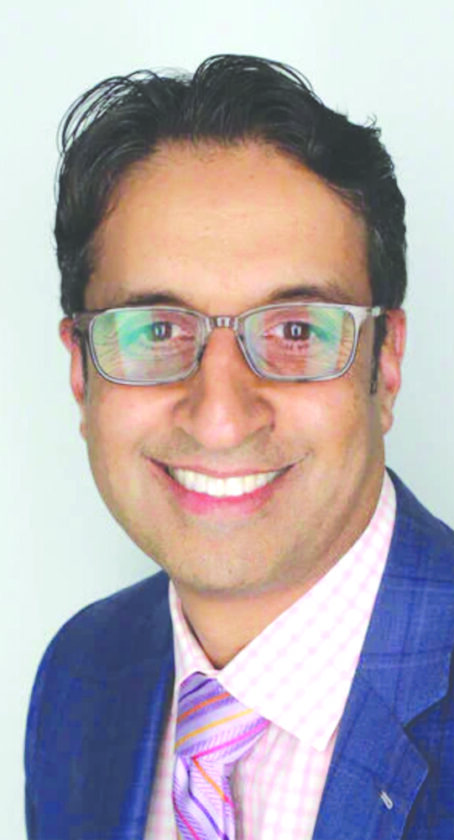
Dr. Sujay Vora
The clinical trial was led by Dr. Sujay Vora, a radiation oncologist at the Mayo Clinic in Arizona. The small, single-arm study incorporated the use of advanced imaging technology combined with cutting-edge radiation therapy in patients over the age of 65 with newly diagnosed World Health Organization grade 4 malignant glioblastoma.
“The patients lived longer than we expected,” Vora said. “This patient population is expected to live six to nine months. Our average survival was 13.1 months. There were some patients that were out closer to two years. The results exceeded our expectations. We are very pleased.”
The study is published in The Lancet Oncology.
Why’s it so deadly?
Glioblastoma is among the most challenging cancers to treat. The disease is aggressive and invades healthy brain tissue with hairlike tentacles.
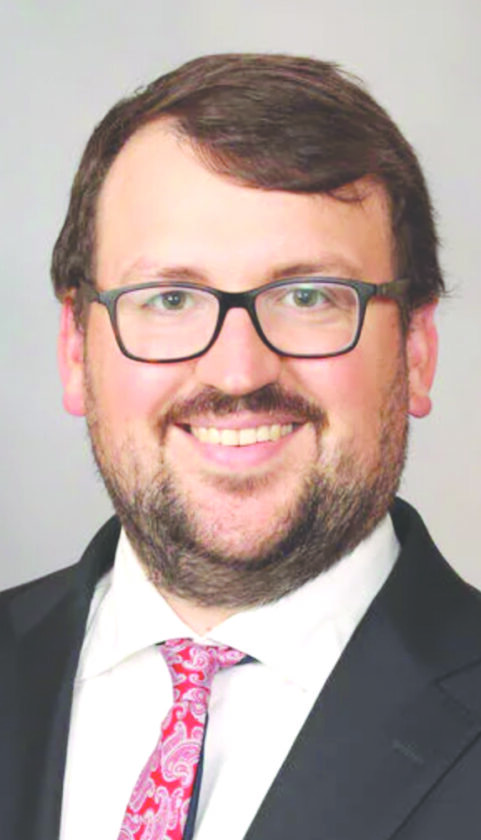
Dr. William Breen
“That is why doing a complete surgery is very difficult, as compared to say, breast cancer, where a lumpectomy can be performed to remove not only the tumor, but a healthy rim of tissue around it,” Vora said.
Surgery for glioblastoma presents a different set of obstacles.
“When it comes to glioblastoma, it is challenging to do that level of surgery,” he said. “You try to surgically remove whatever you can safely without leaving the patient worse off after surgery.”
Another factor that makes glioblastoma so lethal is that it can be fast growing and unresponsive to treatment.
“These cancer cells are quite challenging to overcome,” Vora said. “There are some patients we see after their surgery, and by the time we are ready to start their treatment, they’ve already had a recurrence of the disease.”
During proton beam therapy, a patient lies on a table while the machine rotates around the patient’s head targeting the tumor with an invisible beam. The patient is awake for the procedure. It is painless with many patients reporting few or no side effects.
Unlike traditional radiation for glioblastoma, which is typically delivered over the course of three to six weeks, treatment with proton beam therapy for the study was conducted in one to two weeks.
“I am hopeful that this is the first step of many where we can continue to move the needle and allow patients to live longer and live well,” Vora said. “The goal is to improve the outcomes for our patients, allowing them to spend more time with their families.”
Nadya’s story
2022 was a tough year for Nadya El-Afandi. She was on the verge of celebrating a long, but successful battle with breast cancer.
“Out of the blue, I had a seizure. I went to the hospital, they did an MRI,” El-Afandi said. “After additional tests they told me the news: ‘You have a glioblastoma.’
She asked her doctor if she should continue her breast cancer treatment. “He said, ‘No’ — meaning the glioblastoma would kill me before the breast cancer.”
El-Afandi was not about to give up.
She is a wife and mother of four children and lives just outside of Rochester, Minnesota.
“My children said to me, ‘Mom, you’re a unicorn. Of course you’ll live.’ My mother has had a number of medical conditions and we never expected her to live this long. And she’s still alive and with us,” El-Afandi said.“My children have also said, ‘You’ve got grandma’s blood in you. You will live.'”
She is receiving care at Mayo Clinic in Rochester. That’s where she learned about a new clinical trial called SAGA, or stereotactic ablative radiation treatment, for glioblastoma. The phase 2 clinical trial is building upon Vora’s research and studying a larger group of patients. The study is being led by Dr. William Breen, radiation oncologist at Mayo Clinic in Rochester.
It has been 15 months since El-Afandi began treatment for glioblastoma. So far, there is no sign the glioblastoma has returned.
“Nadya has already exceeded the time that’s expected to have a tumor recurrence, and she continues to do well,” Breen said. “Nadya is beyond some measures of what the average, overall survival time would be.”
While El-Afandi’s progress in encouraging, Breen says it is important to note that it is too early to draw any conclusions about safety or efficacy of this approach to treatment until the study is completed.
Meanwhile, El-Afandi is focused on living her life to the fullest. Fifteen months after undergoing treatment, she embarked on an adventure to Hawaii, where she spent time taking helicopter tours, snorkeling and hiking.
Marty Hames is the media relations manager for Mayo Clinic in Arizona as well as a content creator, specializing in telling patient-focused stories. Marty spent 35 years in the journalism industry as an anchor, reporter and medical reporter for broadcast, print and digital media.


